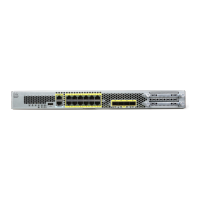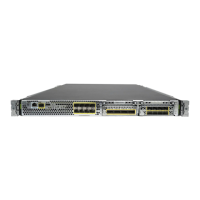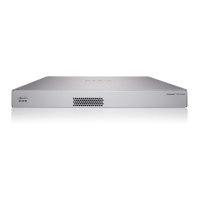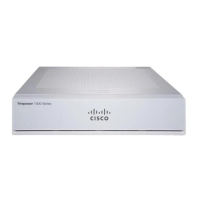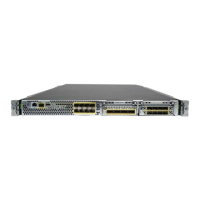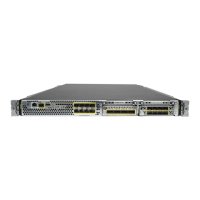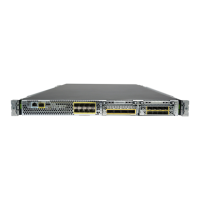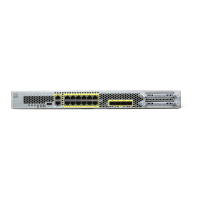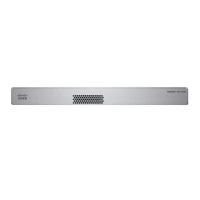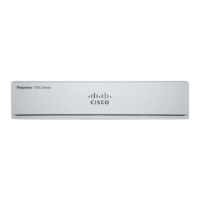Contents
xxviii
Cisco Security Appliance Command Line Configuration Guide
OL-10088-01
Configuring Client Updates as an Auto Update Server 41-11
Viewing Auto Update Status 41-12
CHAPTER
42 Monitoring the Security Appliance 42-1
Using SNMP 42-1
SNMP Overview 42-1
Enabling SNMP 42-3
Configuring and Managing Logs 42-5
Logging Overview 42-5
Logging in Multiple Context Mode 42-5
Enabling and Disabling Logging 42-6
Enabling Logging to All Configured Output Destinations 42-6
Disabling Logging to All Configured Output Destinations 42-6
Viewing the Log Configuration 42-6
Configuring Log Output Destinations 42-7
Sending System Log Messages to a Syslog Server 42-7
Sending System Log Messages to the Console Port 42-8
Sending System Log Messages to an E-mail Address 42-9
Sending System Log Messages to ASDM 42-10
Sending System Log Messages to a Telnet or SSH Session 42-11
Sending System Log Messages to the Log Buffer 42-12
Filtering System Log Messages 42-14
Message Filtering Overview 42-15
Filtering System Log Messages by Class 42-15
Filtering System Log Messages with Custom Message Lists 42-17
Customizing the Log Configuration 42-18
Customizing the Log Configuration 42-18
Configuring the Logging Queue 42-19
Including the Date and Time in System Log Messages 42-19
Including the Device ID in System Log Messages 42-19
Generating System Log Messages in EMBLEM Format 42-20
Disabling a System Log Message 42-20
Changing the Severity Level of a System Log Message 42-21
Changing the Amount of Internal Flash Memory Available for Logs 42-22
Understanding System Log Messages 42-23
System Log Message Format 42-23
Severity Levels 42-23

